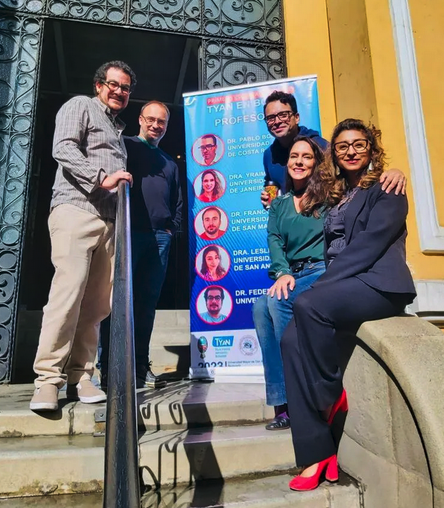
Practical laboratory training is critically needed for scientists in the global South, said Franco Cabrerizo, the chair of the TWAS Young Affiliates Network (TYAN) in a recently published Correspondence in the British weekly scientific journal Nature.
Cabrerizo underlined this point in his message to Nature’s readership, drawing on knowledge from the first TYAN Summer School held in Bolivia, where he was an instructor. TYAN is a TWAS programme that recognizes the most accomplished young scientists in the developing world. It was established in 2016 to bring fresh energy to the Academy, reinforce ties among the Academy's Young Affiliates, and further promote international collaboration.
Cabrerizo is a former TWAS Young Affiliate and an Associate Professor with the National University of General San Martín. He praised the TYAN Summer School for providing hands-on training in key areas of the chemical and biological sciences.
"Our South–South initiative equipped trainees with the tools to further their research. Now more investment in research is needed so that they can apply these tools effectively.”
His Nature letter can be found here.

